Adding tags to clothing items is an essential part of the sewing process. Not only do clothing tags provide important information about the garment, but they also add a touch of professionalism and personalization to your handmade creations. In this article, we will explore the different aspects of sewing clothing tags and why they are crucial for your sewing projects.
The Purpose of Clothing Tags
Clothing tags serve multiple purposes:
- Brand identity: Clothing tags create brand recognition and help customers identify your unique creations.
- Care instructions: Tags provide crucial information on how to properly care for the garment, such as washing instructions or fabric composition.
- Size and fit: Tags indicate the size and fit of the garment, helping customers find the right size for their body.
- Legal requirements: Some countries have specific labeling requirements for clothing items, including safety warnings or country of origin information.
“Clothing tags are not only informative but also an opportunity to showcase your brand and add a professional touch to your creations.”
Types of Clothing Tags
There are various types of clothing tags you can choose from, depending on your design aesthetic and personal preference. Here are some popular options:
- Woven labels: These tags are made by weaving threads together, resulting in a durable and high-quality label. Woven labels can be customized with your brand name, logo, and even a small graphic.
- Printed labels: Printed tags are a cost-effective option and can be easily personalized with your brand name or other desired information. They are typically made of fabric or paper.
- Hang tags: Hang tags are larger tags usually attached to the garment with a string or ribbon. They serve as a canvas for more detailed branding and can include additional product information, pricing, or promotional messages.
- Iron-on labels: These labels come with adhesive backing that can be easily applied to the fabric using an iron. Iron-on labels offer a more permanent attachment and are suitable for active or frequently washed garments.
Tips for Attaching Clothing Tags
Attaching clothing tags requires attention to detail to ensure they stay securely in place. Here are some tips for successful tag application:
- Positioning: Choose a spot on the garment where the tag can be easily seen but does not scratch against the skin. The back neckline or side seam are common placements.
- Hand sewing: Use a fine needle and matching thread to sew the tag securely to the fabric. Take small stitches to prevent the tag from twisting or falling off.
- Ironing: If using iron-on labels, follow the instructions provided to ensure a proper bond with the fabric. Apply pressure evenly and avoid moving the iron too much.
- Reinforcement: For extra durability, consider sewing around the edges of the tag or using a fabric glue to reinforce the attachment.

Conclusion
Adding clothing tags to your handmade garments not only provides important information but also elevates the overall presentation and professionalism of your designs. Explore creative options, experiment with different tag materials, and make sure to attach them securely. Clothing tags are a small detail that can make a big impact on your sewing projects.
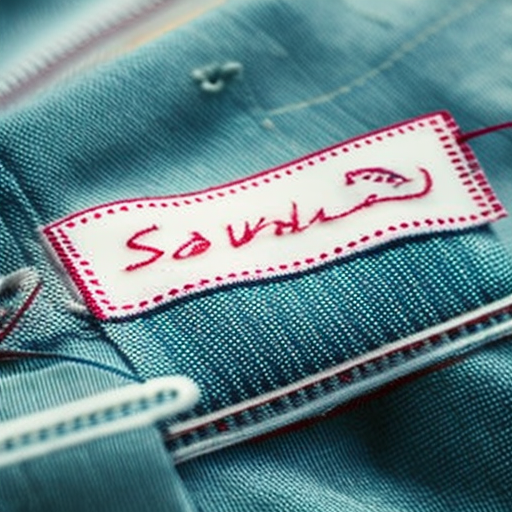
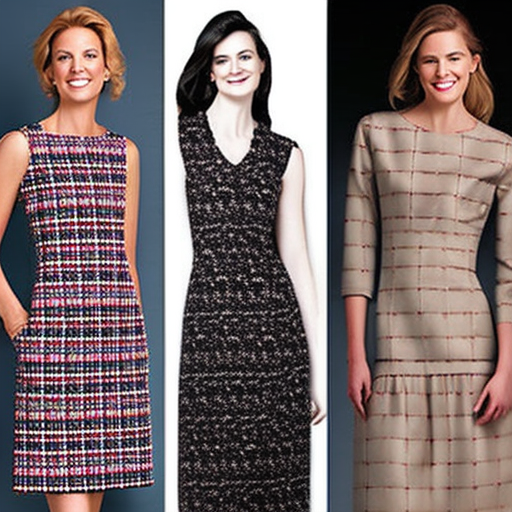
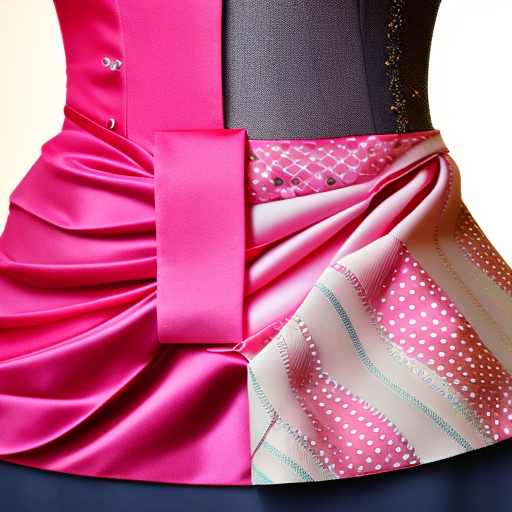
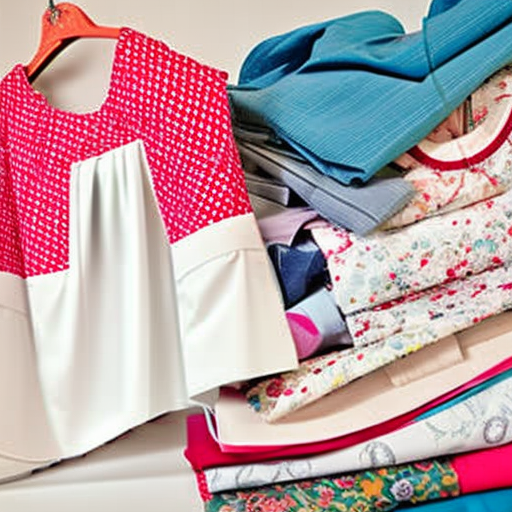
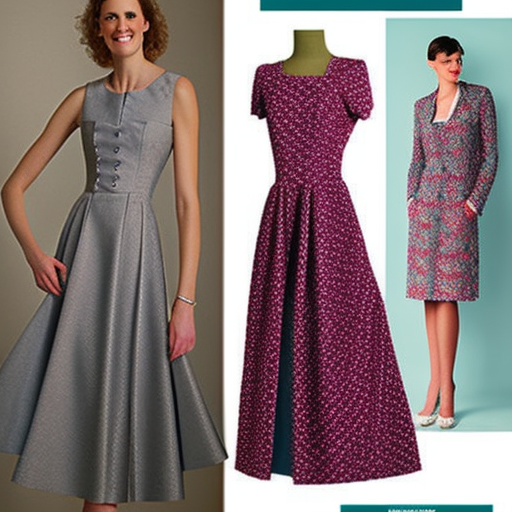
Such a unique idea! #ProjectIdeas
Jill Chen: Love it, I’m definitely trying this out! #DIYproject
Totally agree with you – adding a personal touch like your own tags to your hand-sewn creations make them that much more special! #OneOfAKind
Agreed! Nothing better than adding a personal touch to your handmade pieces. #KeepCrafting
Fantastic! It’s always great to find new ways to give your creations a custom feel. #MakeItYourOwn
Absolutely! It’ll definitely give your work a unique and professional look that really stands out. #CustomCreations